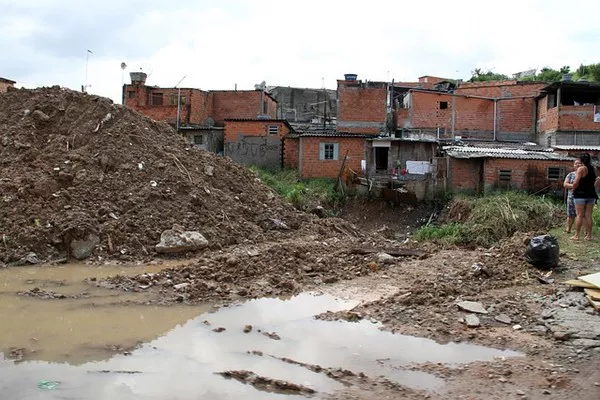U.S. land management officials announced that they have finalized an environmental review for a proposed lithium mine in Nevada, which aims to supply essential minerals for electric vehicles and promote a sustainable energy future while attempting to protect an endangered wildflower species.
“This comprehensive environmental analysis reflects the dedicated efforts of experts from various agencies to safeguard wildlife while addressing our nation’s critical mineral needs,” stated Tracy Stone-Manning, Director of the Bureau of Land Management (BLM).
The final environmental impact statement is now open for a 30-day comment period, but it is expected to face legal challenges from environmental groups. Critics argue that the project violates the Endangered Species Act and threatens the extinction of Tiehm’s buckwheat, a desert flower that exists only in a specific region near the California border, halfway between Reno and Las Vegas.
Ioneer Ltd., the Australian mining company behind the project, heralded the completion of the review as a “significant milestone” in their six-year pursuit to develop the Rhyolite Ridge mine, with production potentially starting as soon as 2028. Bernard Rowe, managing director of Ioneer, emphasized that this project brings the U.S. closer to achieving a secure domestic supply of critical minerals.
Opponents argue that the Biden administration is neglecting protections for native wildlife and sacred tribal lands in its push for renewable energy solutions. The Fish and Wildlife Service had classified Tiehm’s buckwheat as an endangered species on December 14, 2022, identifying mining as its primary threat.
According to BLM, the Rhyolite Ridge mine could generate enough lithium to support approximately 370,000 electric vehicles annually, and demand for lithium is projected to increase sixfold by 2030 compared to 2020 levels.
Laura Daniel-Davis, acting deputy secretary of the Department of the Interior, stated, “The Rhyolite Ridge project exemplifies the collaboration necessary between industry, states, tribes, and stakeholders to balance energy needs with respect for ecologically sensitive areas.”
The BLM indicated that details of the final environmental impact statement will be published in the Federal Register on Friday. The Center for Biological Diversity has long opposed the mine and is committed to blocking its progress.
Patrick Donnelly, the center’s Great Basin director, criticized the review process, asserting that the mining plan largely mirrors earlier drafts and would still significantly harm the flower’s habitat. “It’s unacceptable that the BLM and Fish and Wildlife Service have yielded to mining interests, jeopardizing a species for industrial development,” he said.
The BLM maintains that Ioneer has made modifications to its plans to limit habitat destruction for the flower, which is found in eight sub-populations across roughly 10 acres (4 hectares).
Ioneer Executive Chairman James Calaway expressed eagerness to contribute to the domestic supply of vital materials for clean energy transition. The company’s approach includes a controversial plan for propagating and transplanting the endangered flowers, which some conservationists view as ineffective.
Nevada currently hosts the only active lithium mine in the U.S., with another under construction near the Oregon border. The Lithium Americas mine at Thacker Pass has withstood various legal challenges from environmentalists and Native American tribes concerned about the destruction of sacred lands associated with historical atrocities.
You Might Be Interested In

